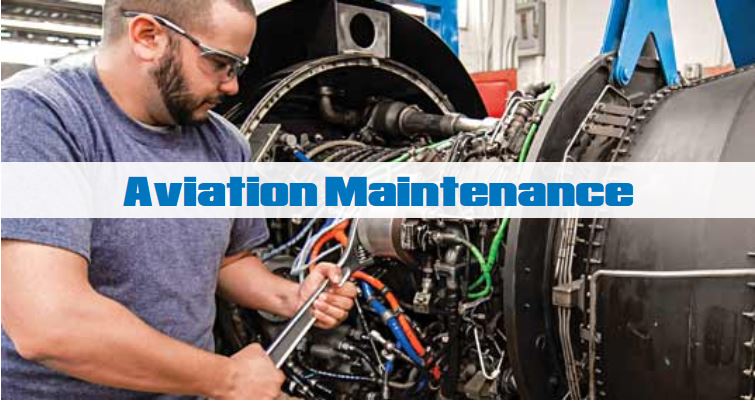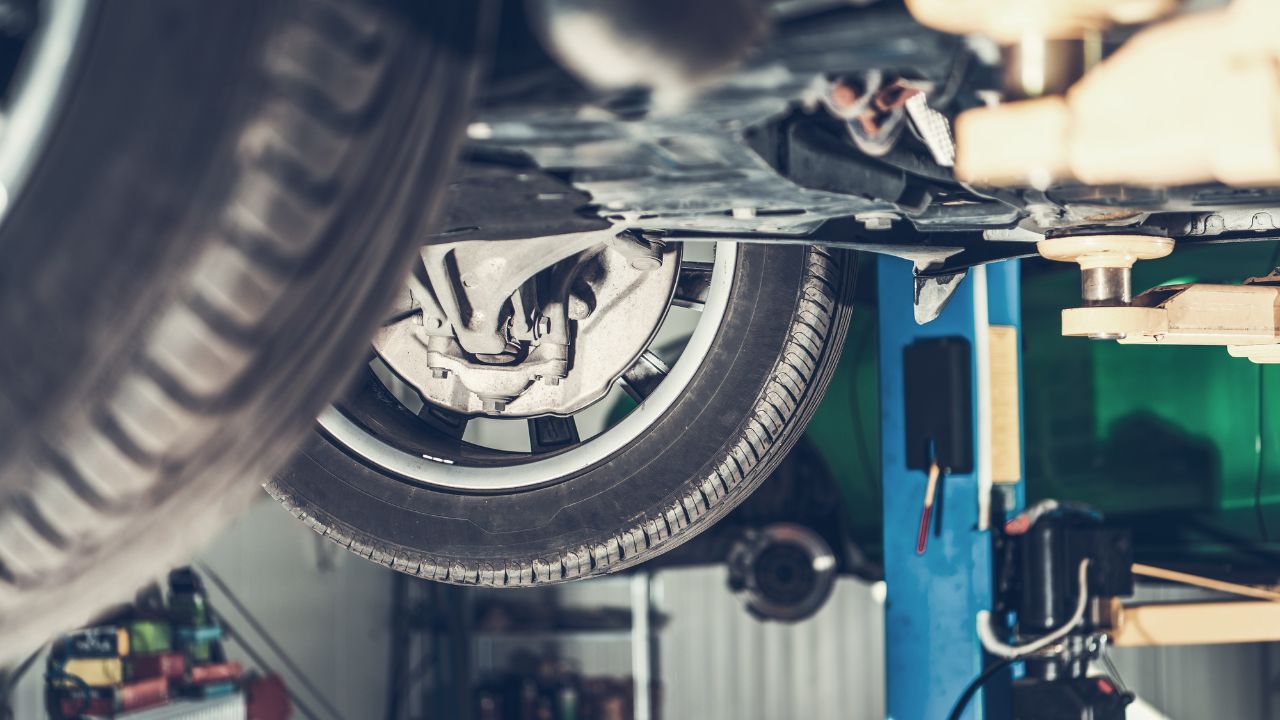
A loaner car is a vehicle that you can borrow from the dealership if you just purchased a new vehicle. To get the loaner, you'll need to complete paperwork. It might require you to provide your driver's permit, insurance information, as well as registration. Most cases can be completed in less than an hour. These are the costs and benefits of this service.
Benefits
A loaner car is one of your most powerful ways to get new customers. A loaner vehicle can be a great way to win new customers. Lender cars can be used for new technologies, interior improvements, and fuel efficiency. Most savvy dealerships even leave sales numbers on loaners, while other dealerships offer this as a free service.
A loaner car can also save you money. Many dealerships will mark them as a used vehicle, saving you hundreds to even thousands of dollars. Even though they do not have a registration, the staff at dealerships maintain them well. They are regularly serviced and all damage is repaired. The loaner car will perform at its best. While you wait for your car to be repaired, you may drive your courtesy automobile.

Costs
A loaner car is a great way for customers to pay off the cost of maintenance or service calls. You can also use it to sell additional services. Customers who are comfortable in the vehicle are more likely approve work that they might not otherwise consider. According to a recent survey 78% of mass market brand owners view loaner cars only as a chance to test them out. The next new car sale might start in the service section, where they may be more comfortable approving work they aren’t qualified to do.
Negotiate the mileage limit in order to avoid paying more to borrow a car. Some dealers charge 15 cents a mile which is fair. You should negotiate the price because the vehicle may not be as clean as you would like. Once you agree to the price, the next step is to submit a cash offer, bank check or finance application.
Types
There are two types of loaner cars available from a dealership: courtesy cars and used cars that have been reconditioned. These cars are often more expensive than rental cars but can still save you hundreds to even thousands of dollars. Additionally, the dealership has maintained these loaner cars. As a result, they maintain them properly and keep their engine running at peak performance. They have many benefits.
The type of loaner car available will depend on the brand. Mercedes-Benz offers loaner cars in the GLA/GLE and GLS model ranges. BMW offers the X7, X5 and X5 loaner cars. You can also request to test drive the model of choice. Make sure to bring along a valid driver's license and appropriate identification. Many dealerships offer the same model vehicle that you own.

Insurance
When you're looking to purchase a car, it is important that you have insurance in order to borrow a vehicle. Many dealers offer a loaner vehicle program to customers. Applicants should be aware that it is easy to get a loaner car as long they have their driver’s license, proofs of insurance, and the vehicle registration. Some dealerships require a letter from the vehicle's owner, while others don't. A local dealership may also have age restrictions. Insurance policies can also vary. Drivers aged 25 and over are usually eligible to borrow a car. Some dealerships require the driver to have their license, while others require a driver to be 21 years of age or older. No matter what age, loaner car policies will require that you have a valid drivers license.
While a loaner vehicle can be a great option to purchase a new car, it is vital to make sure that it is properly insure. Dealerships may have excess or primary coverage. This is especially important in case of an auto accident. The loaner car policy can also include coverage for repair costs. This is a valuable benefit in case of an accident.
FAQ
Is a career in automotive mechanic promising?
The automotive industry is full of exciting opportunities for those who are dedicated to excellence. The best way to succeed in this field is by working hard and learning as much as possible from others.
Communication skills are important as customers and coworkers will often be your main focus. You will need to be able and willing travel for work, making it more difficult to commute.
You can take classes at universities and community colleges if you are interested in a career as an automotive technician. Many schools offer programs specific to students interested in sales, auto repair, or customer service.
Studying mechanical engineering is an option if you're interested in pursuing a degree. It is possible to earn a bachelor’s degree in only four years.
In addition, many companies will hire graduates straight out of school. You should start looking for employment as soon as you are able to continue your studies part-time.
Once you've completed your education, you'll probably need to complete some form of training before being able to take up a position as an automotive technician.
This means you'll need pass exams like the Automotive Services Excellence (ASE), certification exam. This test covers topics such engine maintenance as brakes, steering, suspension, etc.
Once you have passed the ASE Test, you are eligible to apply for a National Institute for Automotive Service Excellence License.
A license permits you to repair private vehicles. In exchange, you'll receive compensation based on the number of services performed.
Not all states require licensing. However, if you plan to work outside your home state, you'll need to obtain a license.
Some states don't issue licenses until after completing a certain amount of training. If this is you, you may need another option.
What are the basics of car mechanics?
Auto mechanics don't require any knowledge. You only need to know how to fix them. This is why most people get started with simple jobs such as changing brake pads or tires. Then they move on to more difficult repairs.
You will need to understand written instructions, read diagrams and follow the basic rules of good practices. You must also be able judge if parts need to replaced or repaired.
It is important that you have proper training and guidance before you attempt to repair vehicles. This is especially true if your job involves expensive parts like transmissions or engines.
Although you won't be required to know much about cars you should have a solid understanding of the fundamentals and principles of mechanical engineering. This involves understanding how engines work and how brakes work.
It's also worth noting that you'll need to be prepared to deal with all sorts of situations. For instance, you might find yourself in charge of a vehicle that has been in a serious accident. You'll also need experience dealing with breakdowns and accidents.
You must also be willing to learn quickly. You will need to be able not only to diagnose problems but also to perform simple maintenance tasks like tightening bolts and nuts.
Is it difficult to find a job as a mechanic in the automotive industry?
It can be done. Many garages post their vacancies online. Many people apply simply because they think it might make them feel good. If you want to get your foot in the door, you should try applying for a few places and see if they accept student applications. Ask your friends and family to recommend anyone in the field. You might be able to refer someone.
How do I prepare to be a mechanic apprentice?
It is important to have an understanding of what you are going into. Understanding the mechanics and working of cars is essential. This will allow you to be prepared for your first day at work.
You should also know how to fix common problems such as tires or broken lights.
These lessons will help you to identify and fix problems.
To put the pieces back together, you will also need to understand how they fit together.
And finally, you must know how to use tools safely and efficiently.
These are all things that will make you a competent mechanic.
Is it hard being a mechanic apprentice
It's not easy, but you learn fast, and there are many opportunities for advancement.
You will need to be patient and persevering. You will also need to be able fix cars, trucks and motorcycles.
Customers and family members can put a lot pressure on you. They want you to succeed. But, you shouldn’t be pressured to make any decisions you aren’t happy with.
If you like fixing cars, this could be a great career option. It's a job where you can earn a decent salary and build up your business.
But you may prefer another path. This is where you might be interested in becoming a technician.
This means that you can use your technical knowledge to help other workers. You might be able to assist technicians in troubleshooting problems or teach them new techniques.
You can also become a service advisor. This is where you can offer advice and assistance to customers who bring their vehicles to a garage.
It all depends on your goals. There are many options, so you can choose the one that suits you best.
Statistics
- Apprentice mechanics earn significantly less hourly than mechanics who have completed training, with a median wage of approximately $14.50 an hour, according to PayScale. (jobhero.com)
- The U.S. Bureau of Labor Statistics (BLS) reports that the job outlook for automotive service technicians and mechanics is expected to decline by 4% from 2019 to 2029. (indeed.com)
- 52% of Mechanics in the United States think their salaries are enough for the cost of living in their area. (indeed.com)
External Links
How To
How to correctly diagnose your vehicle for repairs
The symptoms of your vehicle are the first thing you need to look at in order to determine whether it is in dire need of repairs. These steps will help you diagnose your car properly.
-
Check engine lights. Check the dashboard light indicators such as the engine light indicator, the oil pressure gauge, the battery light indicator, the coolant temperature gauge, and the RPM gauge. If they have been flashing for more days than usual, it could be a sign that something is wrong with the vehicle.
-
Examine the treads of the tires. Tires with worn treads could cause problems when handling or braking. It is also important to inspect the wheel treads. They should be clean and smooth. To do this, remove the wheels and take them out. Check the tread condition with a flashlight.
-
Pay attention to the level of your brake fluid. It is important to keep track of how much brake fluid you have in your car. This helps ensure that your brakes operate properly. Low brake fluid levels can cause brake failure when you apply pressure.
-
Check the suspension system. It is common for vehicles to have a suspension system which absorbs shocks or vibrations. It improves control and allows for smoother accelerations or decelerations. It might feel uncontrollable or wobbly if your vehicle is suffering from a suspension problem. To determine whether your vehicle may have a suspension issue, you can try to put weight on the rear or front axle and watch the movement.
-
Examine the steering column. Steering columns connect the steering wheels to other parts of the vehicle. Accidents often damage steering columns. You should replace the steering column if it is loose or weak.
-
The exhaust pipe should be observed. Exhaust pipes help move gases from the combustion chamber to the atmosphere. Exhaust pipes that are cracked or leaking can allow harmful fumes to enter your cabin. It is also important to repair any bends in your tailpipe immediately.
-
Take a look at the underside of your hood. If you see anything unusual, take a look under the hood. Fluids could be leaking from your engine. Also, professional technicians should be called if you detect an unusual smell coming out of your engine compartment.
-
You should inspect your air filter. The vehicle's outside environment may cause the air filter to collect dust and debris. Vehicles that have a dirty air filter will not run well. Replace your air filter regularly.
-
Verify the fan belt. Your vehicle's fanbel is what connects the engine and the transmission. If it breaks, the engine won't turn over. Replacing the belt is simple. You will need a screwdriver, pliers and a pair of pliers.
-
You should inspect the radiator and hoses. The radiator hose is used to carry water from the radiator to your engine. It can cause hot liquid to leak onto the engine if it is damaged or cracked. The hose can be repaired with a pair or needle-nosepliers, and a wire brush.
-
The windshield wipers should be checked. Windshield wipers use electricity to wipe away rain and snow. If they stop working, they could leave streaks on your window glass. To fix the problem, simply change the washer fluid.
-
Check the battery cables. Your car's electrical system is powered by batteries. Always disconnect the negative wire before you replace batteries. Failure to do so can damage your alternator.
-
Pay attention to your headlights. Headlights are used to illuminate the road ahead. Bad visibility can be caused by headlights that don't work correctly. To determine if your bulbs are out of date, check them.
-
Be sure to check the lights. When you approach them at night, the lights warn other drivers. You could be distracted and cause an accident if one does not work.
-
Inspect your brakes. Before you get in a car accident, your brakes will be slowing down your vehicle. If they aren't working correctly, you could lose control of your car and crash.
-
Change the oil. Oil keeps your engine lubricated. It helps prevent metal parts from wearing out too quickly. It is recommended to change the oil once a month.